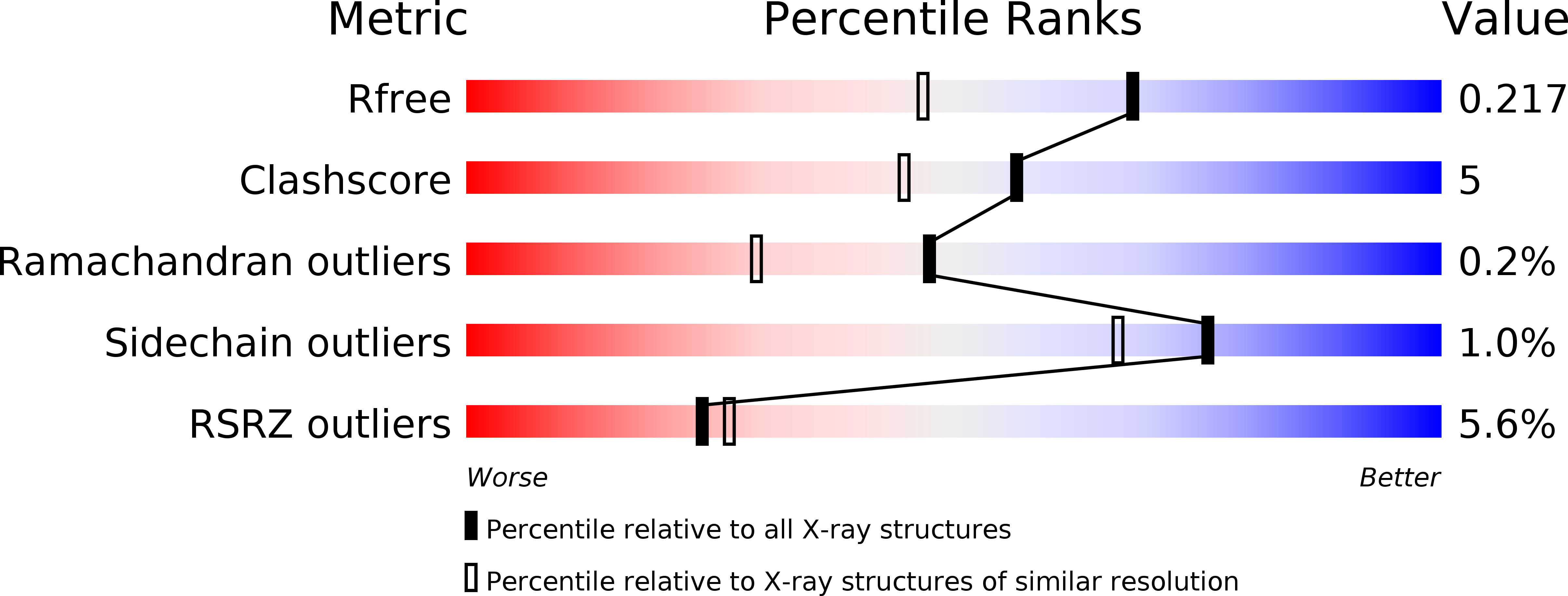
Deposition Date
2017-04-10
Release Date
2017-09-06
Last Version Date
2024-01-17
Entry Detail
PDB ID:
5NNY
Keywords:
Title:
Crystal structure of the phosphatase domain from the Legionella effector WipB
Biological Source:
Source Organism:
Legionella pneumophila (Taxon ID: 446)
Host Organism:
Method Details:
Experimental Method:
Resolution:
1.70 Å
R-Value Free:
0.21
R-Value Work:
0.18
R-Value Observed:
0.18
Space Group:
P 1 21 1


